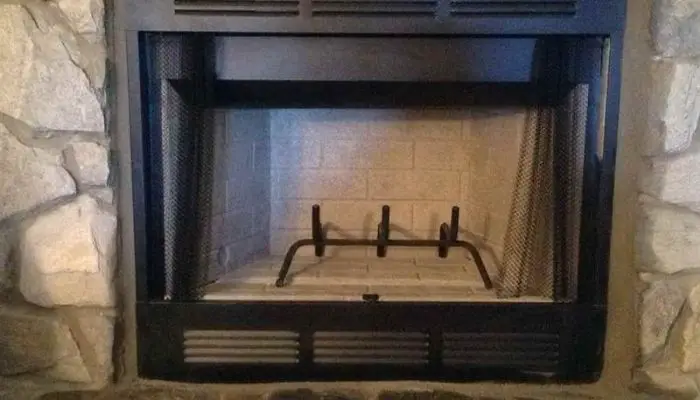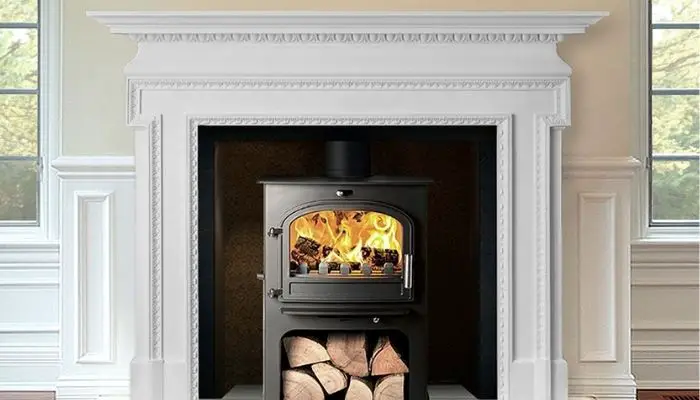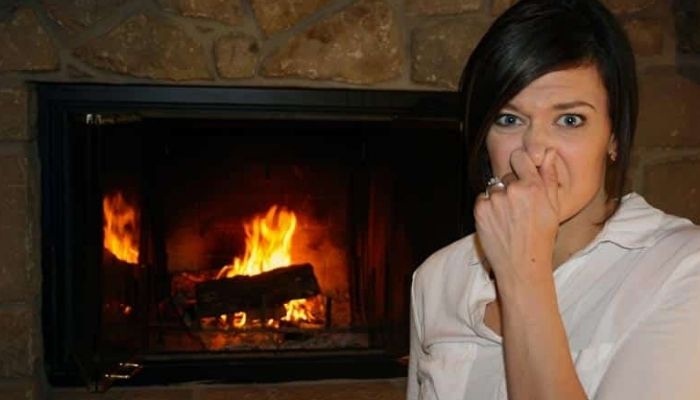When you move into a new house, deciding on the type of fireplace can prove to be quite a hard task. Mostly it will be a battle between the traditional masonry fireplace and a prefabricated fireplace. Many people may understand two or three things about masonry fireplaces. What about a prefab fireplace?
As the name implies, prefabricated, sometimes known as manufactured or factory-made, fireplaces are built totally off-site. The fireplace and chimney have been designed, and safety tested to work together as a unit. A firebox, often with refractory panels, a chimney, firestop, flashing, and a chimney cap is included in prefabricated systems. To guarantee that a prefabricated fireplace works securely, it must be fitted according to the manufacturer’s instructions.
Sometimes they can be referred to as Zero Clearance fireplaces. You may find the words prefab and zero-clearance being used interchangeably. The zero-clearance fireplaces are meant to reduce the exterior temperatures. This allows the fireplace to be installed near combustible materials; thus, no clearance is needed.
How to Tell if my Fireplace is Prefabricated
Most of the time is hard for homeowners to determine whether a fireplace unit is a prefab or not. We are here to help. These are some things to check on:
- Inside the fireplace, the majority of prefabs have simulated brick panels. If you’re unsure whether the bricks are real or phony, make sure the unit is cool before sticking your hand inside to feel the material. The refractory panels are heat-resistant casting materials that do not have the same feel as real brickwork.
- If there is visible black metal on the outside of the unit, you can tell it’s prefabricated.
- Another simple approach to spot it is to go outside and look at the chimney. It’s usually factory-built if your chimney is covered in siding or stucco.
- Finally, if the unit has a metal manufacturer’s label around the aperture, it is 100% prefabricated.
U.L Listing and its Importance
The fireplace manufacturers undergo intensive and costly testing through the Underwriters Laboratories or approved agencies. The approval or “listing” involves testing specific components of a system.
It is important to know the listing because if any of the components are changed with a component not tested with the system, it avoids the whole system. So, if any damage occurs due to non-manufacturers components, the manufacturer avoids the blame. The professional who installed the non-manufacturer component can be held liable.
Types of Prefab Fireplaces
Prefab fireplaces are easy to install and can be placed in any room. There are different categories, mostly depending on the fueling power. They include;
1. Wood-Burning
Yes, you can burn wood in a prefabricated wood-burning fireplace, as many may wonder. Wood is the most popular fuel option among homeowners because it closely replicates the beauty and atmosphere of a classic brick fire. When efficiency is a concern, factory-built wood stoves usually unitize air from outside the home.
The conventional prefabricated wood-burning fireplace insert is steel or metal and has an open front design. Other noteworthy versions include modular masonry, which closely resembles the traditional style, and high-efficiency models, which perform similarly to wood stoves.
2. Gas
Gas-burning prefabricated systems use a natural gas or propane line to provide a warm and beautiful flame with the flip of a regulated switch. To closely resemble traditional wood-burning, most prefabricated systems use non-flammable gas logs. The diversity of venting and aesthetic options distinguishes a gas from wood-burning stoves.
Modular and conventional models are always available, just as wood-burning; however, the ventless, b-vent, and direct venting options available for gas allow far greater customization. The unique styles offered to improve your home include linear, corner, and wall-mounted.
3. Electric
Electric fireplaces would come out on top if these three solutions competed for creative freedom. Install them on a wall, as a peninsula, or freestanding in a corner; as long as you have access to electricity, the possibilities are endless. These systems will perfectly blend a traditional open flame with a modern style and design. However, they should not be used as the primary heat source in your home or room.
Benefits of Prefab Fireplaces
Let us now look at the benefits of having one of these units in your home;
- As shown in the kinds section above, prefabricated fireplaces are extremely versatile and configurable. These systems are suitable for almost any household installation due to the low clearance of combustibles and the different venting choices. You may enjoy the warmth and coziness of a lovely indoor fire in any setting, from mansions to mobile homes.
- Many people aren’t aware that open-hearth masonry fireplaces aren’t the most efficient way to heat a home. Their heating efficiency can be as low as 8% to 10%, whereas prefab fireplaces can be as high as 70% to 80%.
- Simple to Use: You can have a magnificent fire in seconds with both gas and electric models. Switches and remote controllers control the bright flames.
- Many Styles: Whether you choose a rustic, traditional, or modern prefab fireplace, it will bring financial and aesthetic value to your property.
Conclusion
Prefab fireplaces are good options in the modern market, as seen from the article above. There are different kinds available in the market. This, however, does not mean every option is suitable for your house. Visit the nearest household shop and get one today.


